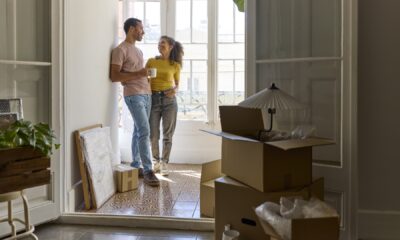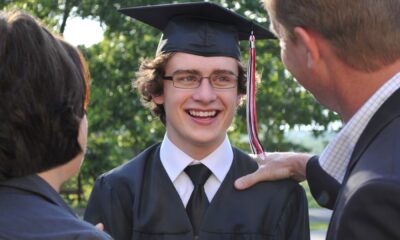Miami Beach, Florida, Cafe Sazon, Cuban flag with seniors at table.
Jeff Greenberg | Universal Images Group | Getty Images
The U.S. Latino economy grew by 13% from $3.2 trillion in 2021 to $3.6 trillion in 2022, according to a new report released Thursday by economic think tank Latino Donor Collaborative and Wells Fargo.
That would make the cohort the fifth-largest economy in the world — surpassing the annual output of India, the United Kingdom, France and Canada.
“There is no doubt that the U.S. Latino economy is a formidable force, characterized by strong GDP growth, significant population expansion, high workforce participation, and increased educational achievements,” Sol Trujillo, Latino Donor Collaborative chairman, said in the report.
“This is not a matter of diversity and inclusion; it is a critical business strategy,” Trujillo added.
The report is based on data from 2022, the most recent year for which information is publicly available. It includes data from the U.S. Census Bureau, the Bureau of Economic Analysis and the Bureau of Labor Statistics, among others.
Looking at the world’s 10 largest economies between 2017 and 2022, Latinos would be the second fastest-growing economy with a 4.6% annual average real growth rate, behind just China at 5.3%. The growth rate of the U.S. Latino gross domestic product, or GDP, is also 2.6 times faster than the rest of the U.S. economy.
Industry strength for Latinos remained steady in manufacturing, public administration, accommodation and food services, construction, and transportation.
By state, California led the way in Latino GDP in 2022 once again. Here’s a look at the top five states by Latino GDP, per the report:
- California: $935.2 billion
- Texas: $686.6 billion
- Florida: $347.8 billion
- New York: $268 billion
- Illinois: $125 billion
Antonio Munoz, owner of the 911 Taco Bar restaurant, prepares carne asada and chicken, meats that have increased in price and costs for his business with recent inflation, in Las Vegas, Nevada on February 1, 2024.
Patrick T. Fallon | AFP | Getty Images
Latino wealth soars
The Latino economic boom has also led to a wealth boom for the group.
Hispanic household wealth has tripled over the last decade, according to new data compiled by the Hispanic Wealth Project.
That is two years ahead of a goal set out by the nonprofit, after Latinos lost up to two-thirds of their median household wealth in the wake of the Great Recession. By 2022, the median net worth of Hispanic households reached $63,400 — 3.17 times higher than in 2013, when adjusting for inflation.
Increasing homeownership rates, rising home prices and a surge in Hispanic-owned businesses have all contributed to steady growth, the HPW reported.
However, a significant gap remains when the group is compared with non-Hispanic white households, which had a median net worth of $283,300 in 2022. Median net worth was $192,160 for the general population.
“The U.S. Latino cohort is essential to our country’s future,” said Trujillo.
Latino economy shows no sign of slowing
The LDC also set a forecast for the U.S. Latino economy through 2029. It shows the cohort’s economic output will surpass Japan’s by 2024 and Germany’s by 2027, based on national GDP forecasts from the International Monetary Fund.
A significant part of that, Trujillo said, is due to the group’s population growth rate. “U.S. Latino population growth is nearly ubiquitous across the country.”
Latino economic growth is also expanding at a faster rate than that of non-Latinos in states such as Colorado, Washington and Georgia. Between 2021 and 2022, the U.S. Latino population increased by 1.65%, while the non-Latino population grew by just 0.08%. This growth has translated to the Latino population being significantly younger than its peers, with a large share of Latinos who have yet to enter the labor market.
As a result, the U.S. economy is increasingly reliant on U.S. Latinos to replenish its working-age population, Trujillo said. “A young Latino in the U.S. turns 18 every thirty seconds.”
“Leveraging the unique and powerful opportunities presented by the U.S. Latino market will benefit every American,” Trujillo said.
The report’s findings were released during the L’Attitude conference, which examines the state of Latino leadership, participation and representation in corporate America as well as in the public, media and entertainment sectors.

 Personal Finance1 week ago
Personal Finance1 week ago
 Blog Post1 week ago
Blog Post1 week ago
 Economics6 days ago
Economics6 days ago
 Economics1 week ago
Economics1 week ago
 Accounting6 days ago
Accounting6 days ago
 Personal Finance1 week ago
Personal Finance1 week ago
 Economics6 days ago
Economics6 days ago
 Personal Finance6 days ago
Personal Finance6 days ago





















